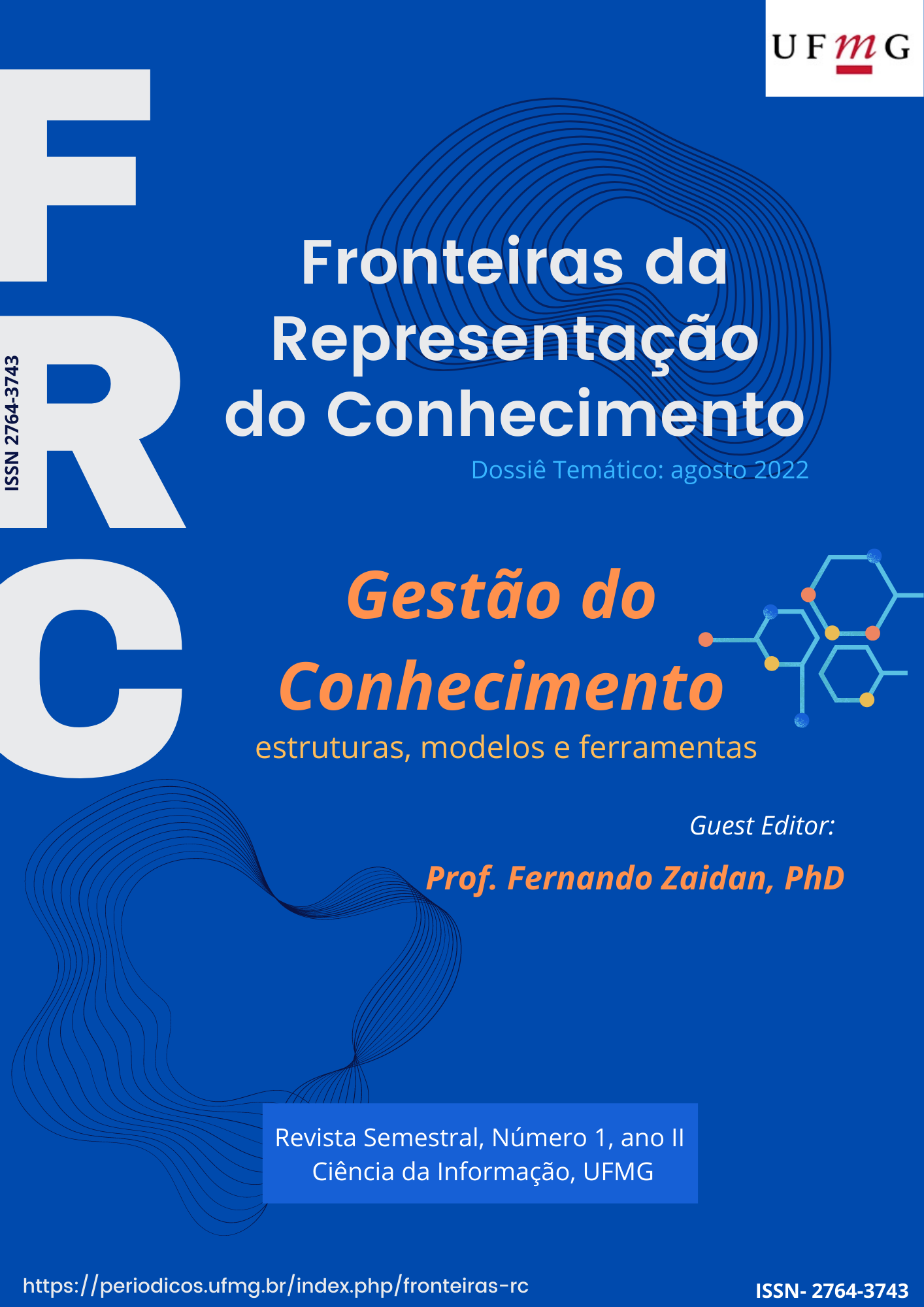Preserving tacit knowledge into public organizations
Main Article Content
Abstract
Knowledge Management (KM) has been used by the organizations as a tool to organize the knowledge produced by social actors in order to preserve organizational knowledge. However, KM methodologies, usually supported by technologies, do not help organizations on how to treat tacit knowledge in a systematic way. The goal of this research is how to identify and preserve tacit knowledge of experienced employees in order to create and maintain organizational knowledge. A case study was undertaken within a public research and teaching organization, in Brazil. By using the fundamentals of Grounded Theory, activity analysis and self-confrontation techniques, it was analyzed the task of calculation of quarterly GDP trying to identify involved activity’s tacit abilities. The results show that it is possible to bring to the conscious of practitioner his tacit abilities and judgments. These are then used as the basis for a more effective training of novices, reducing the time of apprenticeship in a specific activity that need to be preserved.
Article Details
Issue
Section

This work is licensed under a Creative Commons Attribution 4.0 International License.
From: https://creativecommons.org/licenses/by/4.0/
You are free to:
- Share — copy and redistribute the material in any medium or format
- Adapt — remix, transform, and build upon the material
- for any purpose, even commercially.
- The licensor cannot revoke these freedoms as long as you follow the license terms.
Under the following terms:
-
Attribution — You must give appropriate credit, provide a link to the license, and indicate if changes were made. You may do so in any reasonable manner, but not in any way that suggests the licensor endorses you or your use.
- No additional restrictions — You may not apply legal terms or technological measures that legally restrict others from doing anything the license permits.
Notices:
- You do not have to comply with the license for elements of the material in the public domain or where your use is permitted by an applicable exception or limitation.
- No warranties are given. The license may not give you all of the permissions necessary for your intended use. For example, other rights such as publicity, privacy, or moral rights may limit how you use the material.


